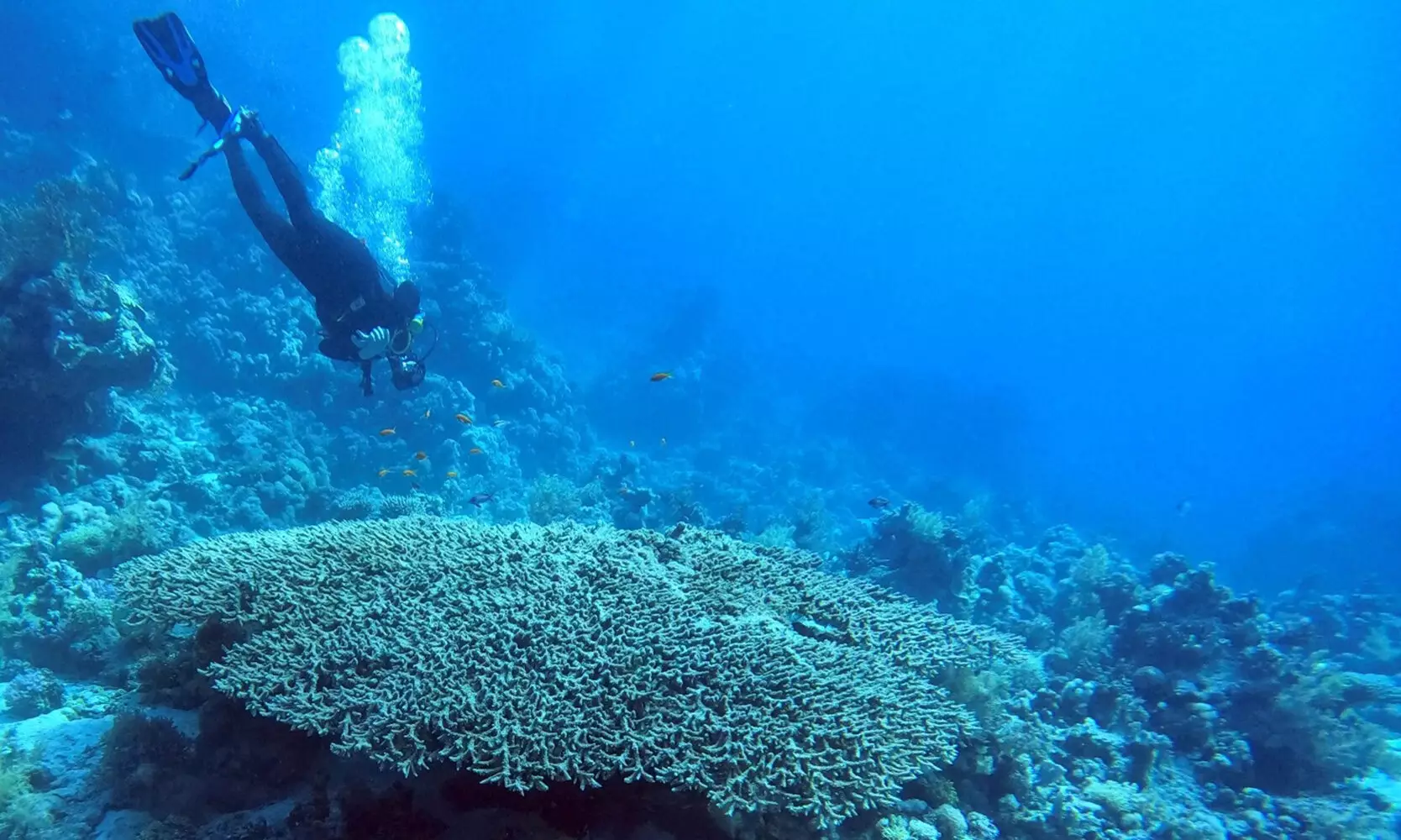One of the most common methods for reconstructing ancient ocean temperatures is by analyzing the ratio of different oxygen atoms in the calcium carbonate remains of fossils. However, this method presents several challenges, such as the influence of biological processes known as “vital effects,” particularly noticeable in corals. A recent study led by the University of Göttingen introduces a new approach using a rare oxygen isotope to address these challenges and provide more accurate temperature reconstructions.
The hard structure of coral, also known as the “coral skeleton,” is composed of calcium carbonate, similar to limestones. Marine organisms, including corals, selectively incorporate different forms of oxygen, known as isotopes, into their structures. At lower water temperatures, a higher abundance of the heavy oxygen isotope is incorporated. By analyzing the ratios of oxygen-18 to oxygen-16 isotopes in carbonates, scientists can estimate past seawater temperatures.
However, the presence of biological processes, such as vital effects, can affect the accuracy of temperature reconstructions. Corals, in particular, are known to exhibit false temperature readings due to these effects. To address this issue, the research team discovered that analyzing a third, rare oxygen isotope (oxygen-17) can help correct for biological influences and provide more accurate temperature measurements.
The method known as the triple oxygen isotope analysis involves measuring the abundance of oxygen-17 in carbonates. This technique is complex and requires advanced instrumentation, such as tunable diode laser absorption spectroscopy, available in only a few laboratories worldwide. The researchers at Göttingen University utilized this method to analyze coral samples and improve temperature reconstructions.
Dr. David Bajnai, the study leader at Göttingen University, expressed enthusiasm about the potential of the triple oxygen isotope method in expanding paleoclimate research. By applying this approach to other organisms used in climate studies, researchers aim to enhance the accuracy of temperature reconstructions and extend the timeline of climate data. Professor Daniel Herwartz from Ruhr University Bochum highlighted the method’s ability to shed light on vital effects, particularly in corals, and the role of CO2 absorption in their biomineralization processes.
The study from the University of Göttingen introduces a novel method for reconstructing ancient ocean temperatures using a rare oxygen isotope to address the challenges posed by biological effects on isotopic composition. This innovative approach not only improves the accuracy of temperature reconstructions but also provides insights into the biomineralization processes of marine organisms. With the potential to unlock previously inaccessible climate datasets, the triple oxygen isotope method opens up new possibilities for understanding Earth’s past climate and the mechanisms governing temperature variations.


Leave a Reply